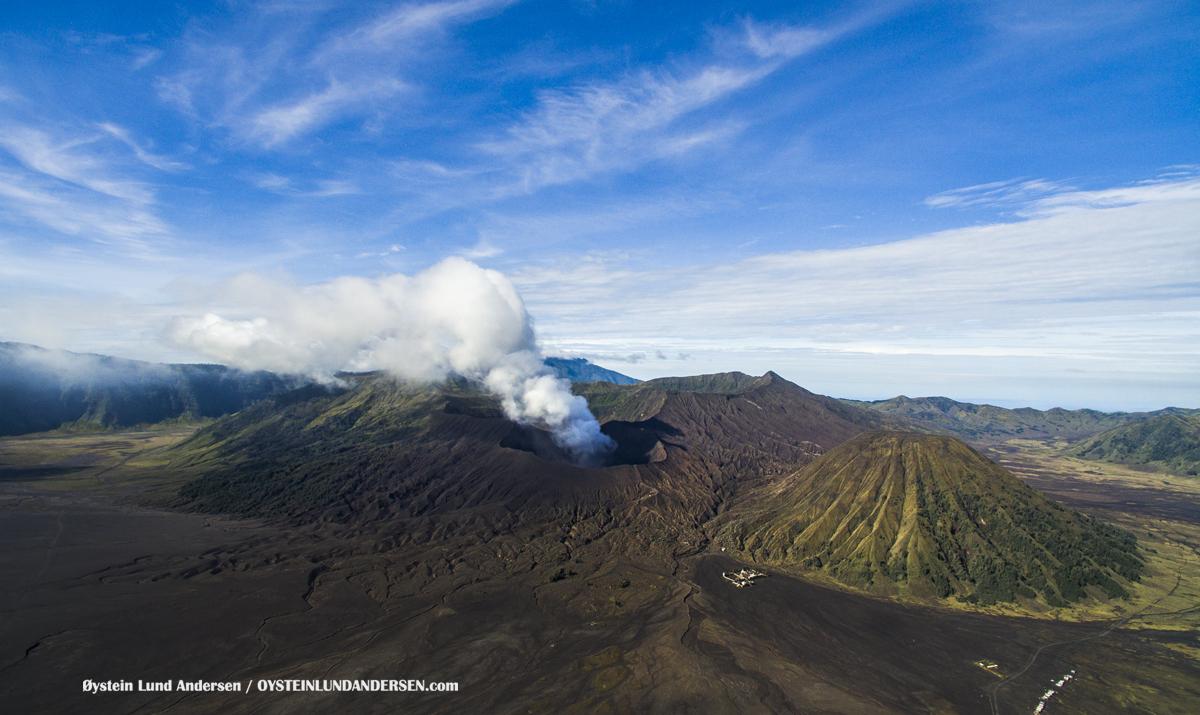March 01 , 2019. EN. La Réunion : Piton de la Fournaise , Indonesia : Bromo , Colombia : Nevado del Ruiz , Japan : Aira Caldera ( Sakurajima ) .
March 01 , 2019. La Réunion , Piton de la Fournaise : Activity Bulletin from Thursday, February 28, 2019 at 16:30 (local time). The eruptive activity that resumed…

